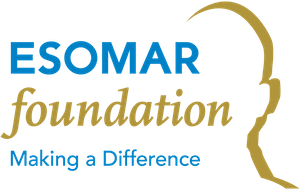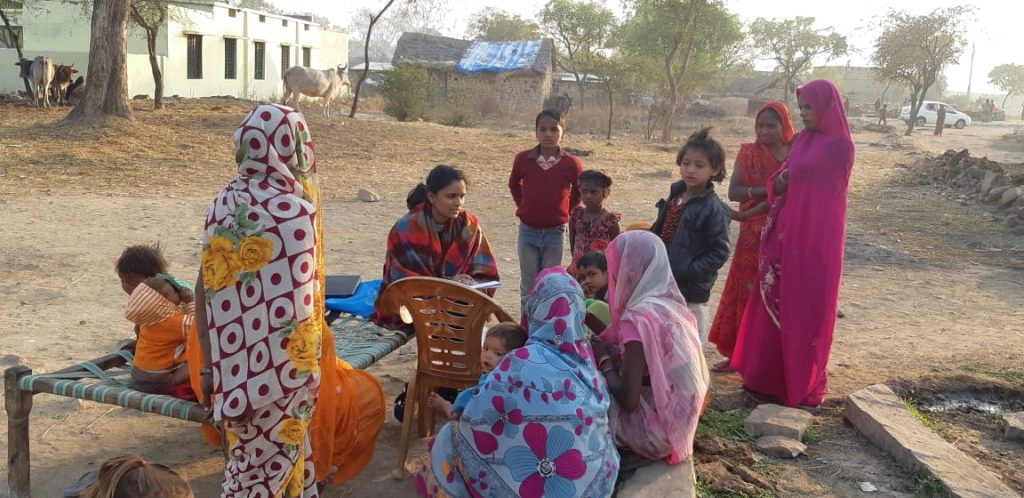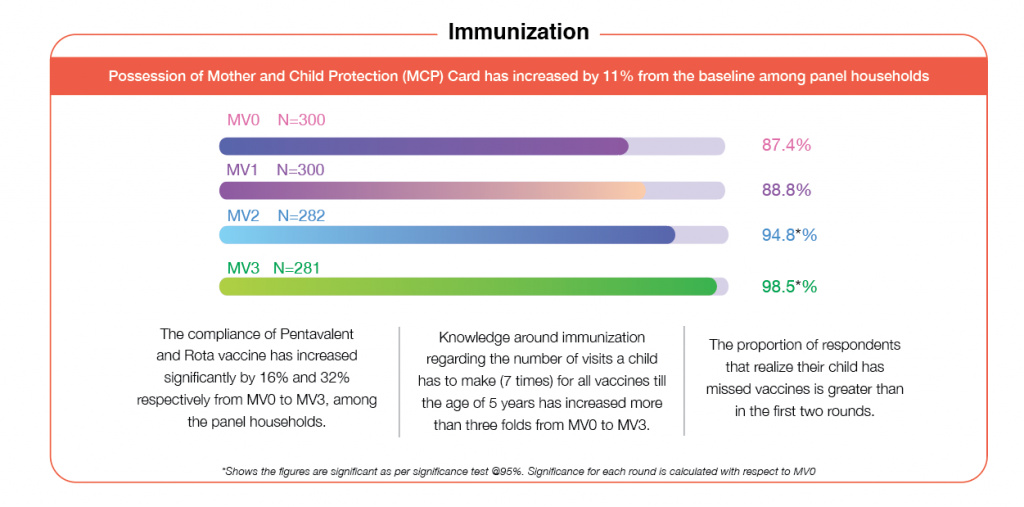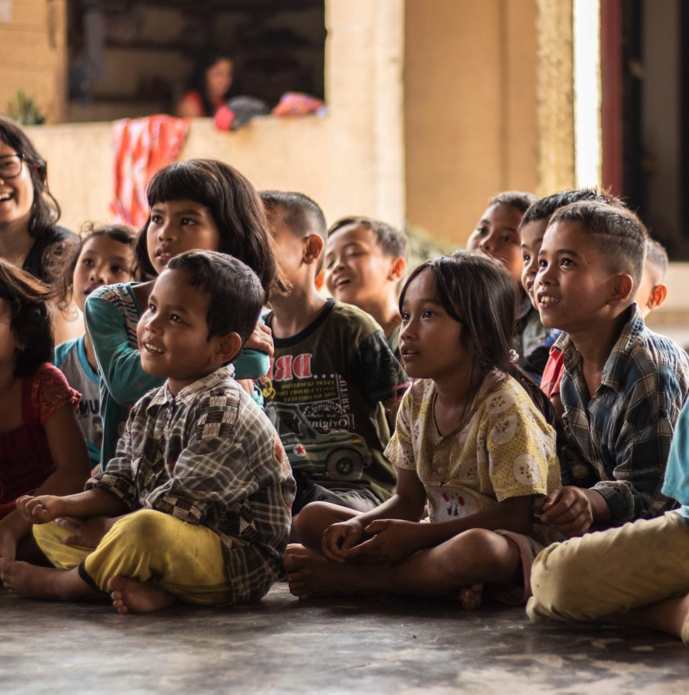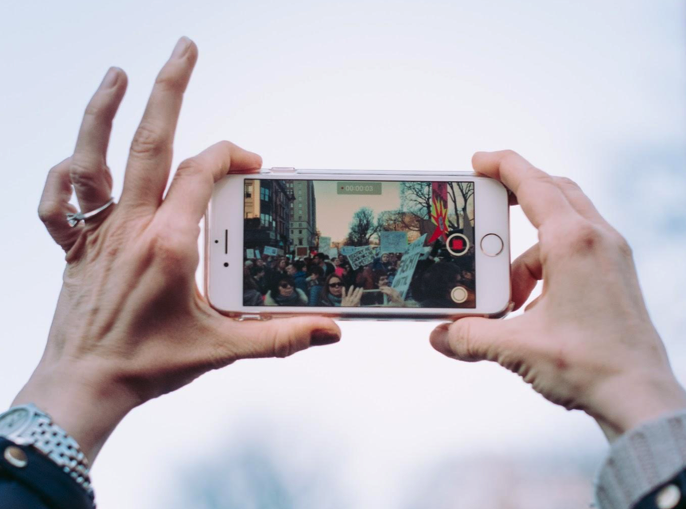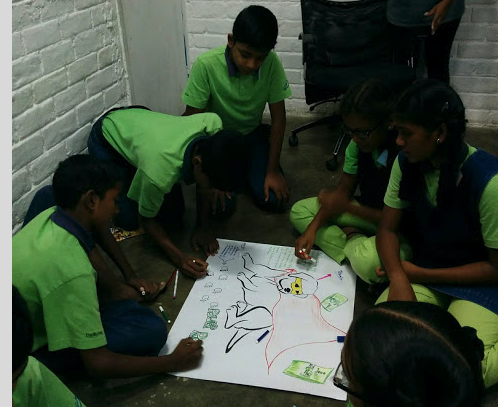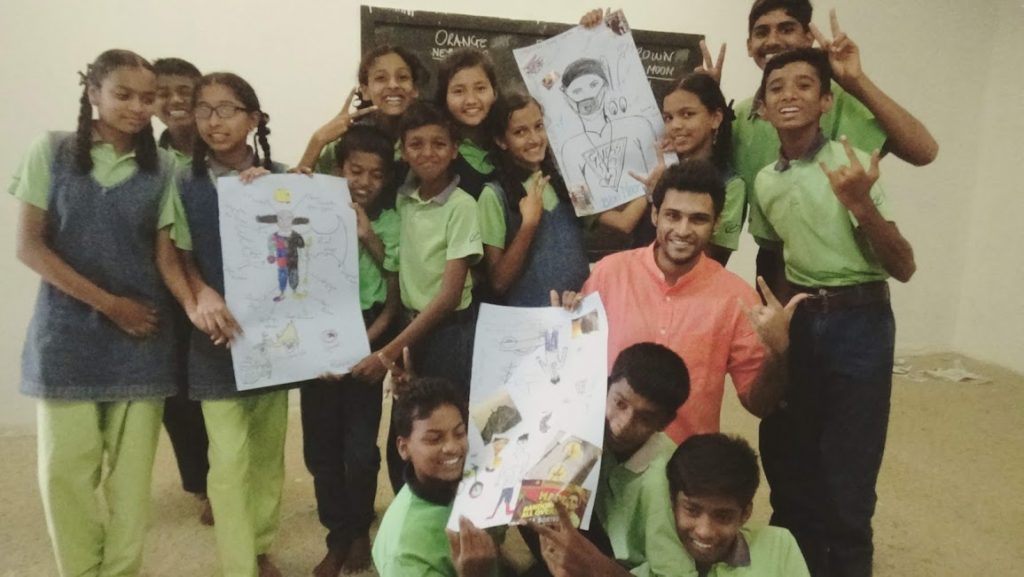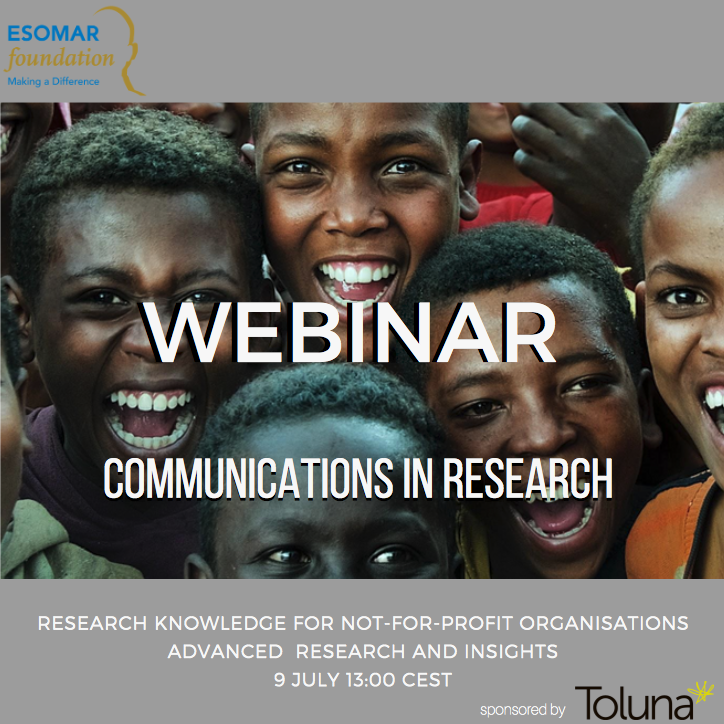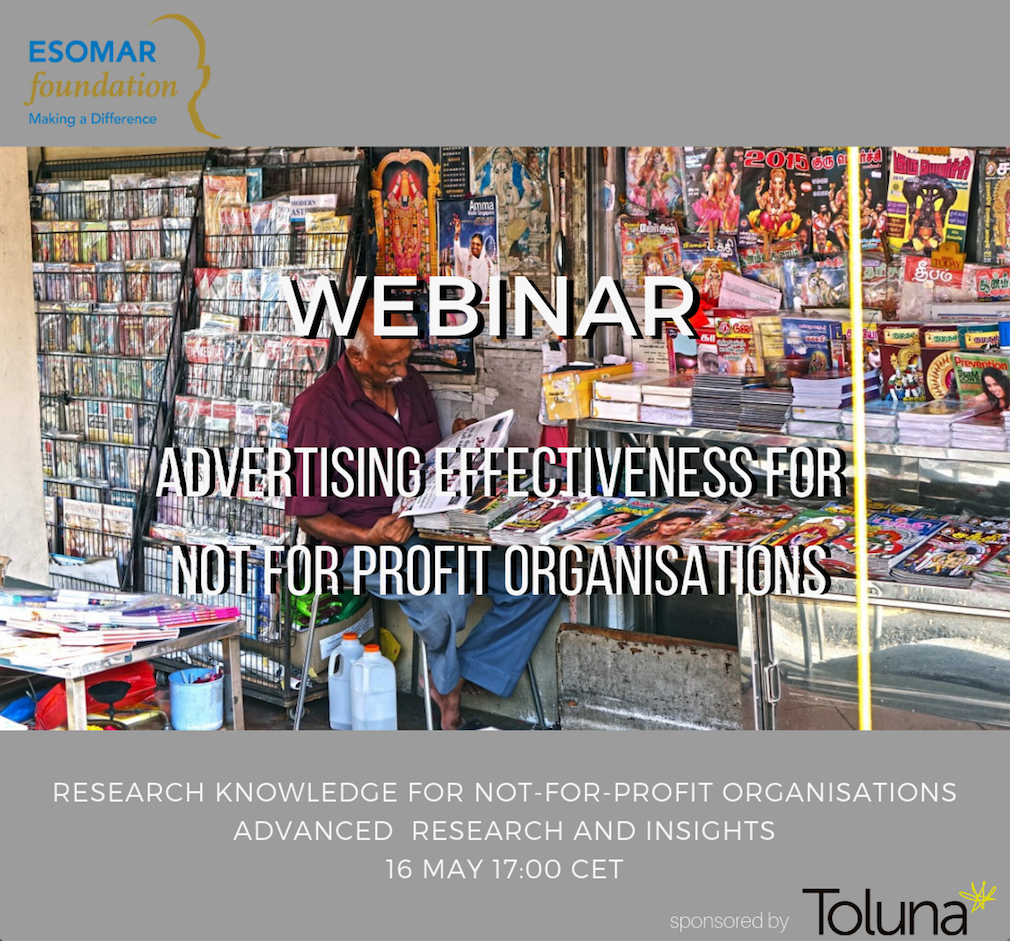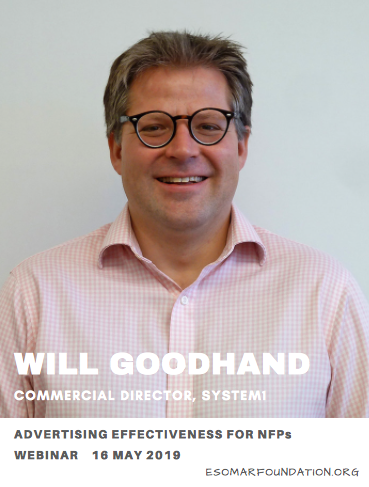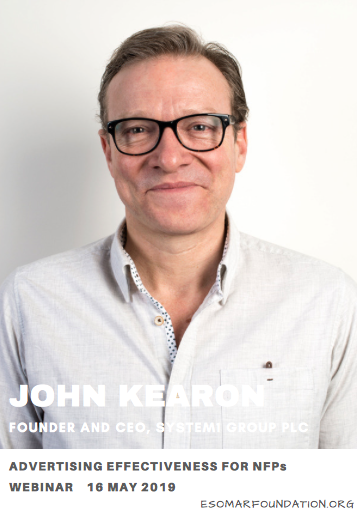Why are there so few women in computing? Jobs are plentiful – demand exceeds supply – and they pay well. Simple, right? Girls don’t like computers.
But that’s rubbish. At primary school age, girls and boys have similar interest levels. It’s at secondary school that their interest declines relative to boys.
Girls Who Code (GWC), a US-based NGO, asked Accenture Research to investigate this conundrum – and to suggest how they might help solve it.
In an ideal world, we would have conducted a longitudinal study, tracking a group of girls from birth to college. But we didn’t have 20 years; we had about 6 months.
Ultimately, we needed to build a quantitative model; Girls Who Code wanted to understand what interventions would make a difference – and what impact they would have on the pipeline of women into computing.
Phase 1: Identifying the problem
However, before even beginning to think about questionnaire design, we needed to understand the mindset of girls – and their wider ecosystem of support (e.g., parents, teachers, friends).
But who knows what goes on inside a teenager’s head? Sure, we’ve all been teenagers. Some of you might today be parents/carers for teenagers. But can any of us, hand on heart, say they understand what teenagers think and feel? Do we understand the language they use? And the relationship these digital natives have with ubiquitous technology?
We also needed to consider how best to tap into insights from different groups: A traditional focus group might be intimidating for younger girls – and we needed to get their parents onboard for legal as well as research reasons. And how could we tap into the energy and natural curiosity of high-school girls?
We turned to PSB for help, and through extensive desk research and brainstorming sessions, settled on a ‘Community Case Study’ approach. Mimicking the life-journey that makes or breaks a girl’s interest in computing we not only needed to speak to girls of different ages, but also to other life stakeholders who shape a teenager’s development. This of course meant that we needed to tailor our methodology to each audience we spoke to: Ethnographic ‘kitchen-table’ discussions with primary school girls, their friends and their parents; fun conflict or ‘swing’ groups with high-school girls to learn the language they use to advocate a career in computing; classic focus groups with coding students and young professionals to better understand the life stories behind their decision in favour of computing.
And, given the huge role of societal factors, we wanted to follow an anthropologist-like approach by selecting two contrasting cities, Atlanta and New York, in which we spoke with more than 150 people.
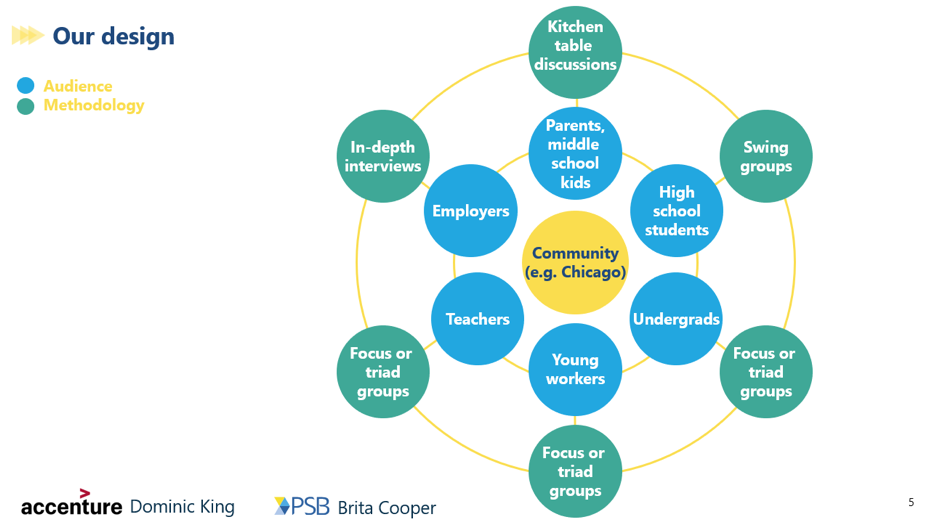
Phase 2: Framing the solution
We used the language and insights from the case studies to build an online quantitative survey which was answered by ~9000 individuals drawn from the same groups as the community case studies.
We combined this survey data with labour force statistics into a model to identify the factors that most influence girls’ decisions to pursue computing further at each stage of their educational journey.
The model allowed us to show how the proportion of women could rise from 24% to 39% by acting on the most positively influential factors – and was also used to calculate the associated $299 billion uplift in women’s earnings.
Pleasingly, the barriers we identified in the community case studies were very strongly evidenced during the subsequent quantitative analysis. The need to spark interest at middle school; sustain interest at high school; and inspire interest in college, were all suggested by the qual – then proved by the quant.
The research within “Cracking the Gender Code” has supported the work of GWC by helping the organization tell the story of the gender gap in tech and make the case for interventions earlier in the academic pipeline.
The report has been used by GWC to rally support to programmes which have reached 185,000 girls across the United States. GWC founder and CEO Reshma Saujani said: “In order to create a more equitable tech industry, we have to understand the extent of the problem – how many girls and women are participating in the field, when they drop out of tech, and why. The research within the Accenture and Girls Who Code report “Cracking the Gender Code” has been invaluable as we work to rally support for our programs, for solutions to closing the gender gap in tech.”
Read the full report.
About the authors
Dominic King is a Senior Principal at Accenture Research. Accenture Research is a team of ~300 researchers and analysts across 23 countries. It shapes trends and creates data-driven insights about the most pressing issues global organizations face.
Brita Cooper is a Project Manager at PSB. With roots in innovative political campaign strategy, today PSB are a full-service research insights agency engaging blue-chip organizations across all sectors.
